The Trans-Amazonian Highway (official designation BR-230, official name Rodovia Transamazônica) was introduced on September 27, 1972. It is 4,000 km long, making it the third longest highway in Brazil. It runs through the Amazon forest and the Brazilian states of Paraíba, Ceará, Piauí, Maranhão, Tocantins, Pará and Amazonas, from the proximities of Saboeiro up until the town of Lábrea.
 An unpaved portion of the highway, taken between Rurópolis and Uruará.
An unpaved portion of the highway, taken between Rurópolis and Uruará.The project was started by the military dictatorship that was in power from 1964 to 1985 out of their perceived need to guarantee control over the remote regions while encouraging economic engagement with the natural resources in the region.[1] The highway was intended to integrate these regions with the rest of the country, and with Colombia, Peru and Ecuador. Another main goal of the project was to alleviate the effects of the drought affecting the Northeast region of the country by providing a route to largely empty land in the middle of the rainforest,[2] which could be settled.[3] It was originally planned to be a fully paved highway 5200 kilometers long. However, these plans were modified following its inauguration.[4]
In particular, because of high construction costs and Brazil financial crisis in the late 1970s, only a part of the highway was paved, from its beginning to 200 km ahead of Marabá. The lack of a fully sealed road caused many problems. Travel on the non-paved stretches of the highway is extremely difficult during the region's rainy season between October and March.[5] In the wet season cars often get stuck in the poorly constructed road and in the dry season there are often pot holes in the dry mud roads that damage vehicles.
Construction of the highway was very challenging because of the remoteness of the site. Workers building the road were frequently isolated and without communication. Occasional visits to nearby cities provided the only outside contact. However, severe techniques and procedures that evolved during the construction of Belém-Brasília Highway (BR-153) were then used.[citation needed] According to DNIT, roughly 800 km of the highway is due to be paved in the next 4 years,[when?] improving transport links in the central region of Pará state. The Brazilian Government are now planning to pave the whole highway with tarmac. As of December 2009, paving was underway between the town of Ruropolis and Itaituba and north to Santarém. This will connect soy plantations with overland trucking routes to the south of Brazil. The road has been left untouched however at points further west of Itaituba, at times narrowing to roughly 2 meters wide.
Access to the construction sites was mostly accomplished by small airplanes using temporary airstrips and boats. Today construction vehicles can be seen traversing the road east and west bringing dirt and gravel to prepare for paving operations.[6]
In 2019 the Brazilian government announced that it was seeking to privatize major sections of BR-230 in an attempt to pave more sections of the road.[7]
In September 2022, the Brazilian government finished restoration on a paved 33.3 kilometer section of BR-230 located in the arid northern Tocantins between Aguiarnópolis and Trevo de Nazaré. There are still many sections of the road in the Amazon that remain unpaved entirely.[8]






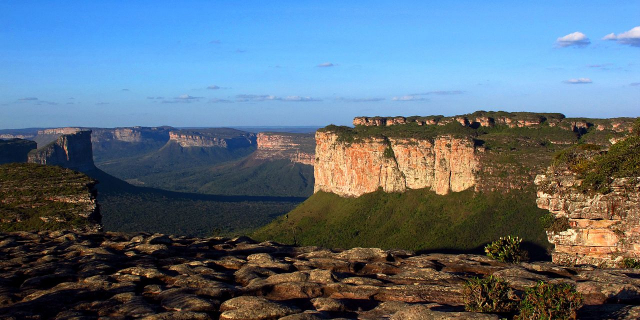


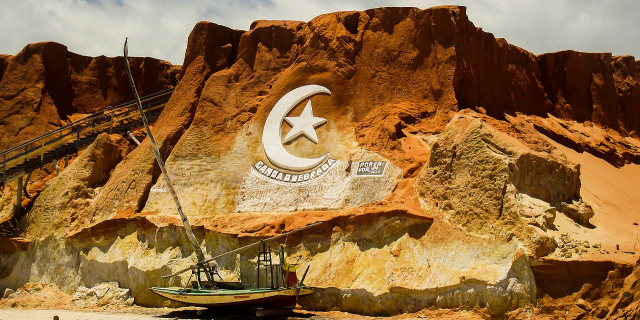



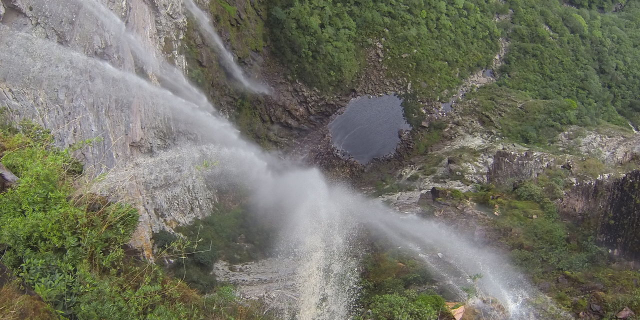
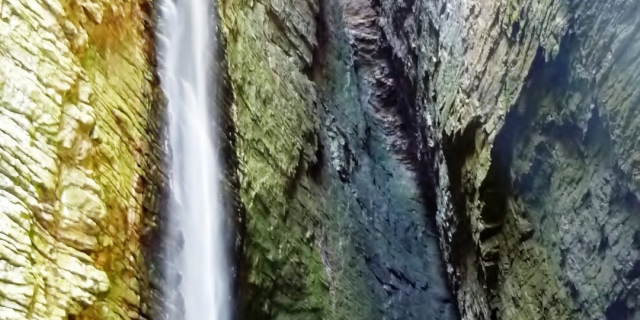
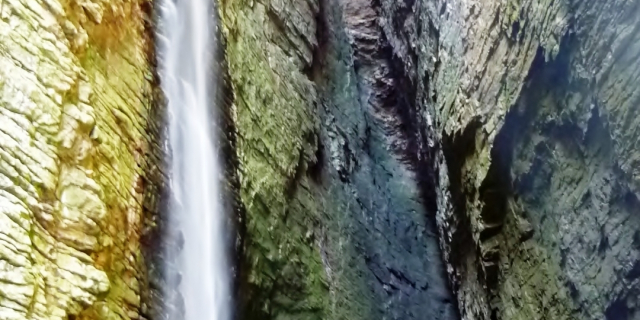









Add new comment